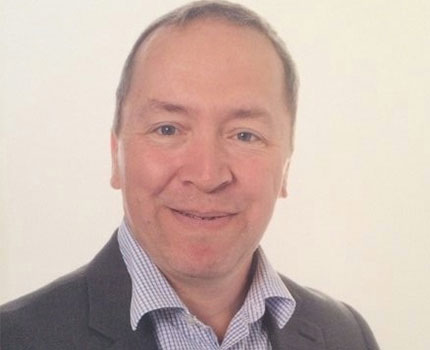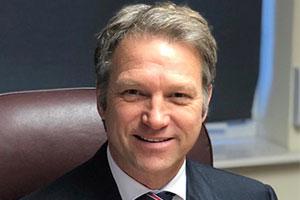A state-of-the-art medical device with unique innovative pain assessment technology is helping staff at Orchard Care Homes identify if…
How to manage medication when resources are stretched - care home providers
 In a sector where recruiting and retaining permanent staff is an ongoing challenge, Martin Lowthian, compliance expert at The Access Group’s health and social care division, looks at how care home providers can manage medication safely and effectively.
In a sector where recruiting and retaining permanent staff is an ongoing challenge, Martin Lowthian, compliance expert at The Access Group’s health and social care division, looks at how care home providers can manage medication safely and effectively.
Ensuring vulnerable residents receive the correct medication at the right time, all properly documented, must be the top concern for any reputable care provider. But chronic staff shortages in the sector, not to mention copious amounts of paperwork, makes this essential task feel impossible at times – and many managers worry that their home will fall short of the standards expected.
Despite the current recruitment and retention crisis, some are putting safeguards in place by taking on 110 per cent of the staff required to provide full coverage, even if someone is off sick. For others, particularly smaller providers and/or those in rural locations, this simply isn’t an option. Instead, they have to assign more tasks to existing employees, adding to the pressures they already face, or else plug the gap with agency workers.
It is worth reiterating the problems associated with this way of working. Reliance on agency staff is not only costly, it can also compromise the continuity of care and increase risk. These carers may be experienced and hold the necessary qualifications, yet be unfamiliar with the provider’s values, quality standards and processes.
We all hope that recruitment drives, including the government’s Every Day, is Different campaign[1] launched earlier this year, will encourage more people to consider a career in the sector, particularly as the care requirements of an ageing population increases and becomes more complex.
However, change won’t happen overnight and more still needs to be done to tackle the root causes of the staffing crisis.
Low pay, unsociable hours and perceived lack of career progression remain a barrier for many – which means, for the time being at least, providers have no choice but to work with the resources they have already got. These constraints mean it has never been more important that they develop clear and consistent processes to not only support efficiency and productivity but also compliance, safety and quality of care, without creating an admin burden for already-stretched workers.
One solution is to replace manual medication administration records (MARs) with an eMAR system, enabling every authorised staff member – whether permanent or agency – to access residents’ medication requirements and receive prompts about what needs to be administered and when. Any missed doses are recorded with reasons why, providing a strong audit trail to demonstrate compliance.
The fact that they integrate with pharmacy systems means care workers can speed up communications, check stock levels and reduce the chances of receiving the wrong medication. Given the current staff shortages, the minutes saved on every shift could add up to make a significant difference to the quality of care delivered.
Of course, eMAR is just one example of how digital technology is transforming the care sector. Indeed, some managers have seen time savings of around five to six hours a week using a data-led central platform to automatically allocate staff shifts, deliver handovers, report risks and incidents and communicate care plans securely. This frees them up to concentrate on leading their team, not being bogged down with admin, as well as helping them to prioritise safety and mitigate risk – the hallmarks of an ‘outstanding’ CQC standard.





